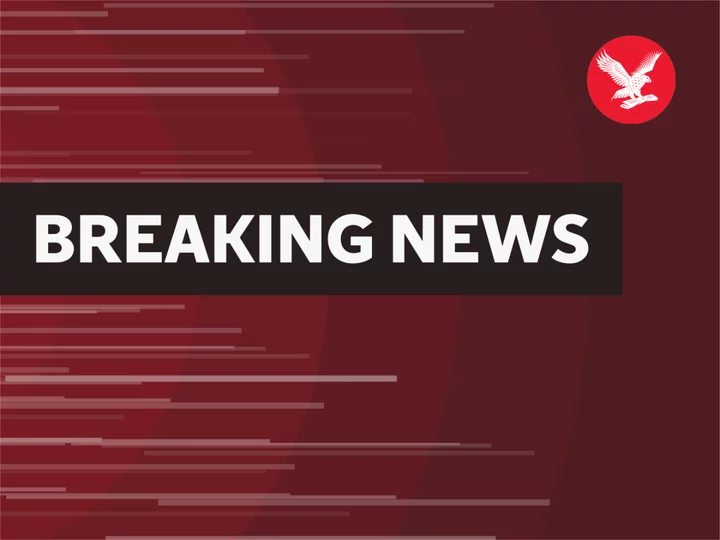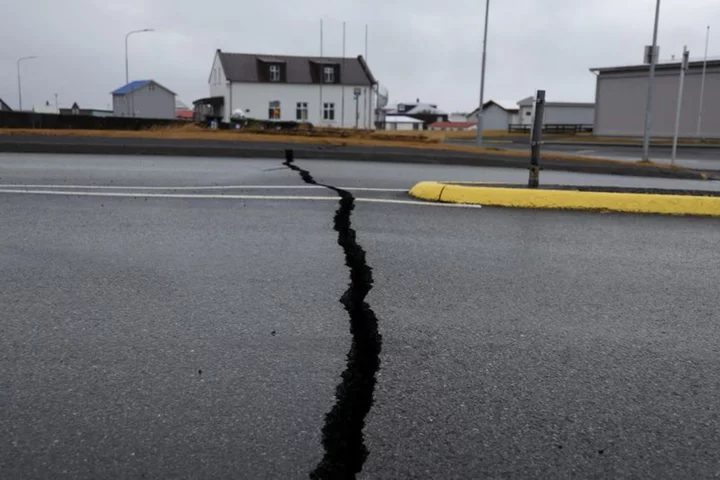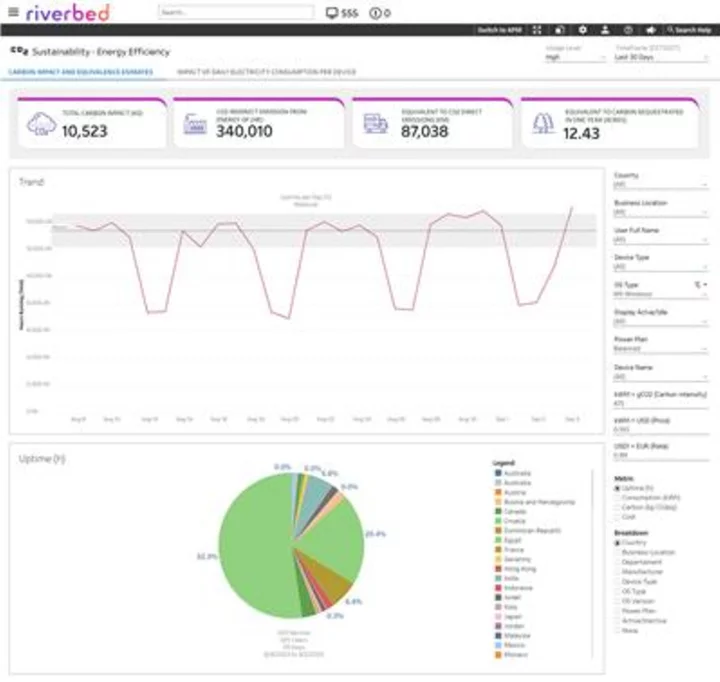Increasing numbers of Australians are abandoning their insurance policies as premiums surge in response to climate-linked natural disasters, the head of the Insurance Council of Australia said.
Over a million households now face home insurance affordability stress, Andrew Hall said Thursday in a speech in Canberra. As a growing number of people dump or scale back their insurance, a “protection gap” is emerging, he said.
As that gap widens, there’s a risk that governments will be “called on to fund more of the community recovery costs because there is insufficient private insurance in place,” Hall said. “More and more people are crossing their fingers and hoping that luck will hold their way.”
Australia, the world’s driest inhabited continent, was scorched by wildfires over the summer of 2019-20 and the country’s heavily-populated east coast was repeatedly inundated with heavy rains and flooding in 2022.
Emergency services are bracing for a severe bushfire season in 2023 after months of heavy rain caused by the La Nina weather system gave way to the dry conditions generated by El Nino as Australia heads toward summer.
Amid the natural disasters, many of which have been linked to the worsening effects of climate change, insurance premiums have soared.
Median home insurance premiums surged 28% to A$1,894 ($1,240) in the year to March 31, according to a report by the Actuaries Institute, while those in the highest-risk properties — in flood or bushfire-prone areas — jumped 50%.
Hall said governments across Australia need to spend more on disaster prevention, rather than just mitigation, while warning officials against trying to fix a worsening housing shortage by allowing construction in areas vulnerable to natural disasters, such as flood plains.









